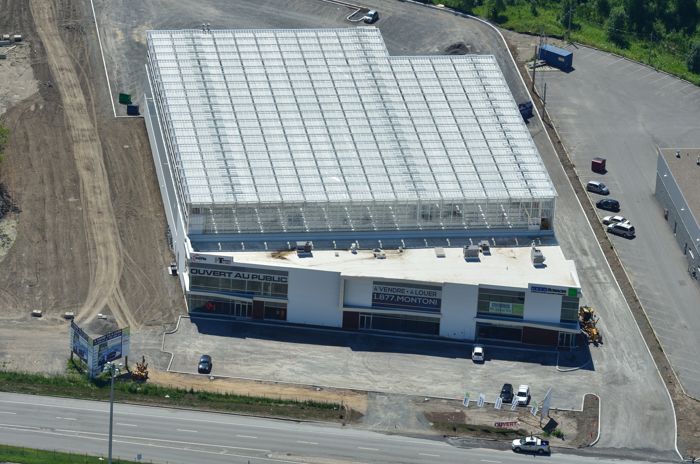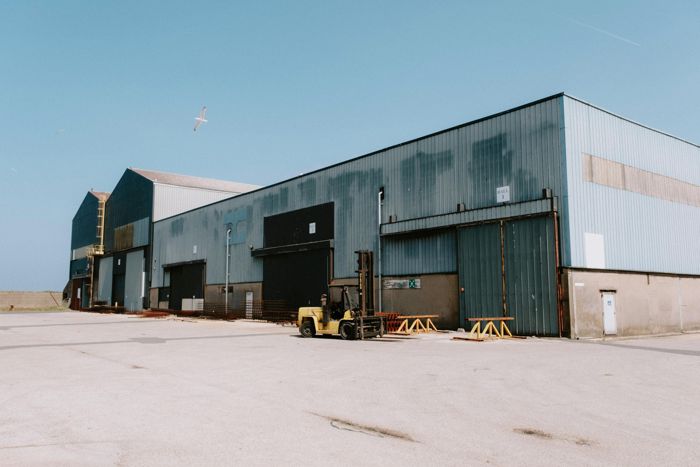
Even the strongest roof materials will deteriorate and lose integrity over time. Commercial roofing, while geared for the toughest weather and conditions, can still break down and fail to protect your property without proper inspection, preventative repairs and maintenance. Here are seven common issues you should expect with commercial roofs.
One of the most common issues that aging commercial roofs face is membrane deterioration. Commercial roofs are typically constructed using a variety of materials, including single-ply membranes, built-up roofing, and modified bitumen. Over time, exposure to the elements, UV radiation, and fluctuating temperatures can cause cracks, tears, and leaks. Regular inspections and maintenance can help identify signs of membrane deterioration early on, allowing for timely repairs or replacement.
Another common issue with aging commercial roofs is ponding water, which occurs when water collects and pools on the roof's surface due to poor drainage or inadequate slope. Ponding water can lead to accelerated roof deterioration, mold and mildew growth, and structural damage. Proper drainage systems, regular cleaning of drains and gutters, and ensuring the roof has adequate slope can help prevent ponding water issues.
As commercial roofs age, they may also be more prone to leaks. Leaks can occur for a variety of reasons, including damaged or deteriorated roofing materials, improperly installed flashing, or poor maintenance. Detecting leaks early is crucial to preventing further damage to the roof and the building's interior. Regular inspections, especially after severe weather events, can help identify and address leaks before they cause significant damage.

Another issue that aging commercial roofs often face is blistering and cracking. Blistering occurs when air or moisture becomes trapped between single-ply roofing or modified bitumen, causing them to separate and form bubbles or blisters. Cracking can occur due to thermal expansion and contraction, as well as exposure to UV radiation. Both blistering and cracking can lead to leaks and a generally weaker roof integrity.
UV radiation can also take a toll on aging commercial roofs. UV radiation from the sun can cause roofing materials to break down and degrade over time and cause cracking, blistering, and color fading. Installing a reflective roof coating, where applicable, can reduce the effects of UV radiation.
In addition to the issues mentioned above, aging commercial roofs may also be more prone to wind damage. Over time, exposure to high winds can loosen roofing materials, cause seams to separate, and damage flashing.
Finally, as commercial roofs age, they may become more susceptible to pest infestations. Pests such as birds, rodents, and insects can find their way into the building through gaps or openings in the roof, leading to damage and contamination.
Being proactive in preventative roof care ensures your commercial roof will remain in shape all the time. In most cases, you can even spot small issues and prevent them from getting out of hand and expensive later. If you need the help of a reliable commercial roofing contractor, you can always count on us at Roper Roofing & Solar, a GAF-certified roofing company. Call us today or visit our website to learn more about what we can do for you.